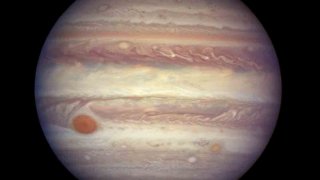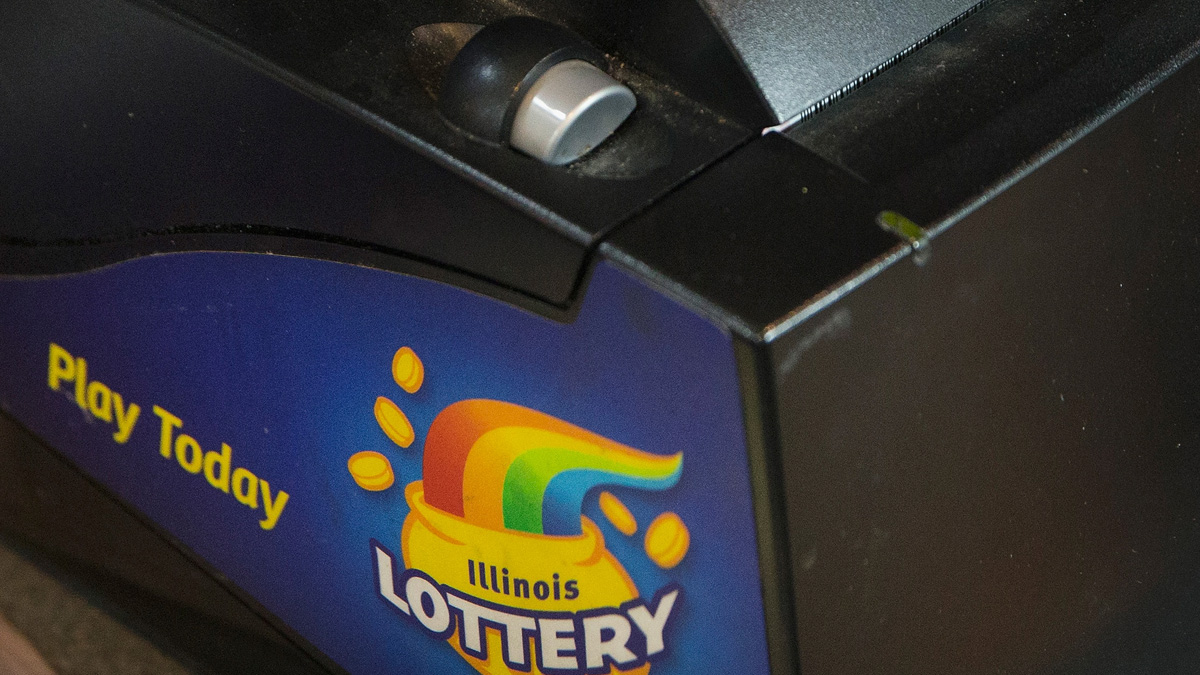
Amateur astronomers and the public alike will be treated to a special celestial show next week, as the solar system’s largest planet will be close enough that its features can potentially be seen with just a pair of binoculars.
According to NASA, Jupiter will reach “opposition” on Monday, meaning that it will be on the complete opposite side of Earth as the sun. As the sun sets on Monday, Jupiter will rise in the east, and it will be one of, if not the brightest, object in the night sky aside from the moon.
NASA says that Jupiter’s opposition occurs every 13 months.
Reaching opposition is what will make Jupiter appear so brightly in the sky, but the bigger story is that the planet will also be at its closest point to Earth since at least 1963, according to NASA scientists.
On Monday, Jupiter will be approximately 367 million miles away from Earth, a distance close enough that NASA scientists believe that residents will be able to see some of the planet's bands, as well as a select cluster of its largest moons, through a pair of good binoculars.
Adam Kobelski, a research astrophysicist at the Marshall Space Flight Center in Huntsville, says that residents who want the best view of the planet should find a spot with a high elevation and plenty of dark skies.
A “good pair of binoculars” should be enough to see bands on the surface of Jupiter, as well as three or four of the planet’s more than six-dozen moons, according to Kobelski.
Local
The combination of Jupiter being at opposition and being so close to Earth is a rare one, and according to researchers at Scotland’s Astronomical Society of Edinburgh, this will be the closest Jupiter will come to Earth until at least 2129.
Feeling out of the loop? We'll catch you up on the Chicago news you need to know. Sign up for the weekly Chicago Catch-Up newsletter here.



